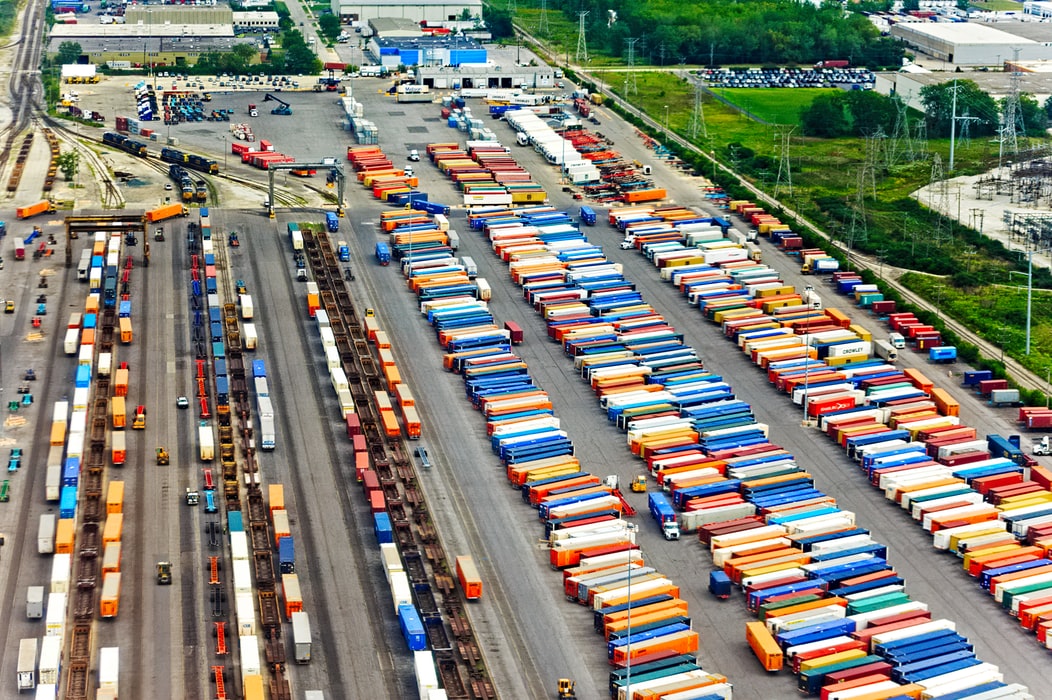That healthcare supply chain will play a crucial role in the transportation of COVID-19 vaccines is not in question, instead, the main question is “how will billions of people across the globe get COVID-19 vaccines?” The World Economic Forum suggests that there are over 250 potential vaccines at different stages of development across the globe and some are likely to be available by the end of the year.

After the COVID-19 vaccines have passed through regulatory approval, the prospect of swiftly getting millions of doses to billions of people globally poses a huge supply chain issue. Asides from transportation and distribution issues, most vaccines often require two doses and will need to be preserved in extremely cold storage. Likewise, because of the urgency of the vaccines, it is likely that air freight will also be needed for long-distance shipments.
Regulatory Approval
Nothing would undermine the successful delivery of coronavirus vaccines faster than the arrival of in-effective vaccines. Public health and government officials have a huge task ahead of them as they need to increase public awareness, finish all clinical trials and receive approval before the year runs out.
Scientists across the globe are striving to secure acceptance for a possible pandemic ending-solution in due time and some candidates have already received approval for limited use. Subsequently, the focus will move to production, distributing and managing a vaccine on an unparalleled scale.
Vaccine Tractability and Traceability is Crucial
The initial clamber for personal protective equipment (PPE) at the beginning of this year has demonstrated that we will need to improve the general visibility and traceability of relevant data for all and sundry. This is not just crucial to appropriately evaluate demand and supply, but to recognize probable hindrances that may influence the swift procurement, transportation and distribution of the COVID-19 vaccines.
Without mediation, we may have every reason to assume that certain illegal practices will meaningfully influence the safe distribution of COVID-19 vaccines along the supply chain. Falsified products have not only found their way into the underground markets and the dark web, but also into the medical supply chain, which can be distributed innocently by legitimate medical suppliers.

While some countries have been able to establish specific systems to trace and track healthcare products from the manufacturer to the final consumer, most low-income nations and regions are yet to catch up. With COVID-19 vaccines mounting a pressing need for action around medicines traceability, most experts are already stressing the challenge of distributing a vaccine worldwide.
Nevertheless, successful traceability approaches will largely depend on nations applying a standardized approach for product labeling throughout the shipping and distribution process. Although there is yet to be a platform that covers all those tractability and traceability needs, a number of high-income nations have put some measures in place.
The Chill Factor
The nature of vaccines controls the environments where they should be preserved and how they should be transported. While adequate time is typically given to testing and developing vaccine stability, this might not be the case for the COVID-19 vaccine. An impending lack of stability data could lead to more severe temperature constraints for the vaccine along the cold-chain, where some vaccine may need to be preserved as low as -112o Fahrenheit(-80o Celsius).
This will present difficulty for the current healthcare supply chain that traditionally transports vaccines at +35–18°Fahrenheit(2-8° Celsius). According to the World Health Organization, about 50 percent of vaccine doses are wasted per year, usually because of disparities in preserving a continually temperature-regulated supply chain (the cold chain).
Given the immense urgency to deliver an effective vaccine, a rapid turn out is only probable if specific systems in vaccine stabilization, testing and development are implemented. Transporters may need to incessantly uphold tremendously cold conditions to ensure the safe delivery and distribution of vaccines.
Airfreight may be needed for distribution over a longer distance. However, handling ultracold shipment can be an issue for untrained personnel, which is most likely the case in most low and middle-income nations.

Logistics Issue
Another challenge is the outbound logistics factor. Given the demand for more PPE and the dwindling number of airplane passengers during the first wave of the pandemic, airlines had to repurpose aircraft cabins to carry more freight. Therefore, air cargo will probably play a key role in the distribution of the COVID-19 vaccine across the globe.
Owing to the lockdown and isolation measures, airlines have lost most of their passengers and have packed up their aircraft for the long haul. The WHO has reported challenges in continuing the current vaccination programs during the pandemic, partially due to the impact of the pandemic on the aviation sector.
Some governments have responded to the pandemic by enforcing mandatory public health measures such as border processes and customs clearance, which has added more tasks and created certain interruptions for shippers at ports.

Geographical Factor
One more factor that will determine how swiftly and proficiently vaccines are distributed is geographic location temperature requirements. Distributions to large parts of Asia, Africa, and South America will pose a huge challenge due to their warm climates and limited cold-chain logistics infrastructure, especially if vaccines need to be distributed under more stringent conditions.
However, if vaccines do not need to be placed under stringent conditions, some of these issues will be lessened, but even then, logistics effort will need to be exceptional.


